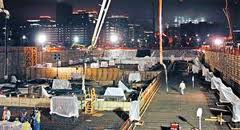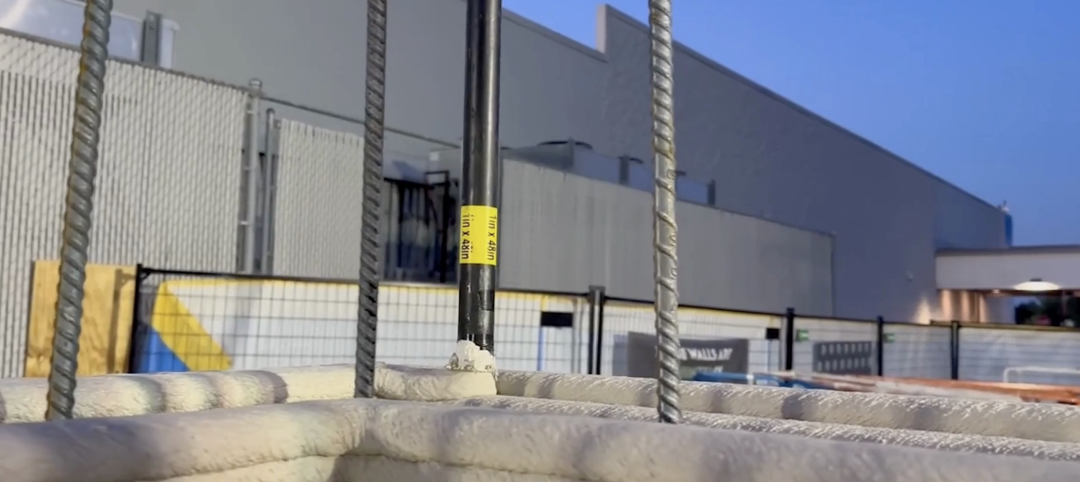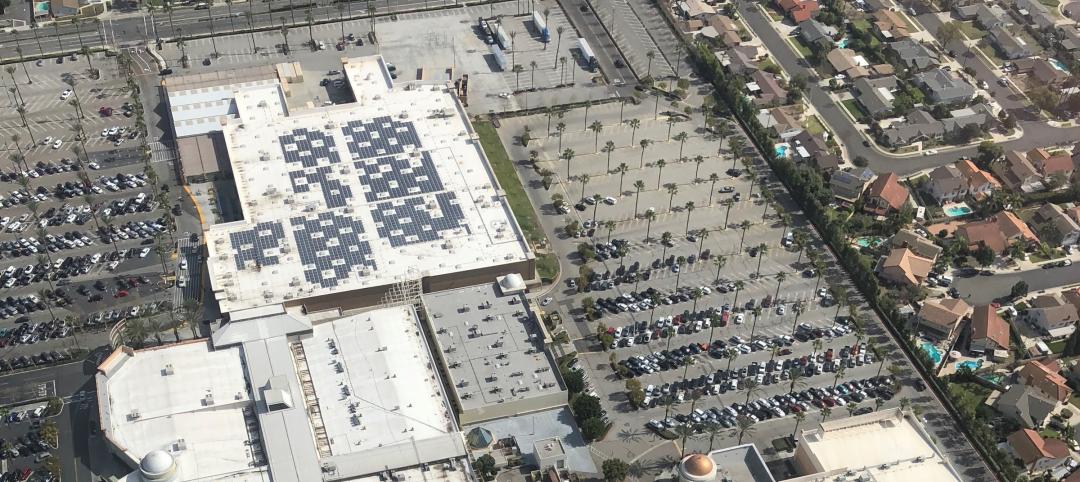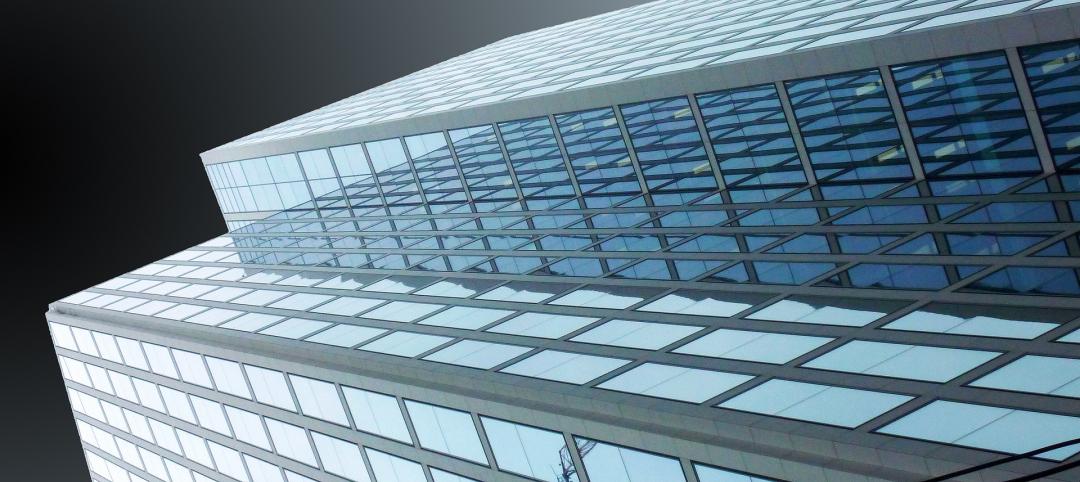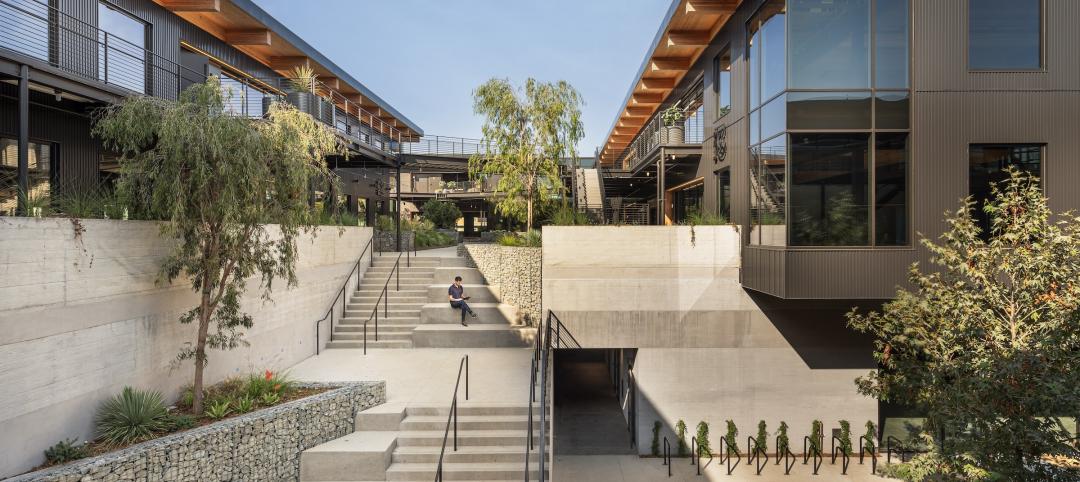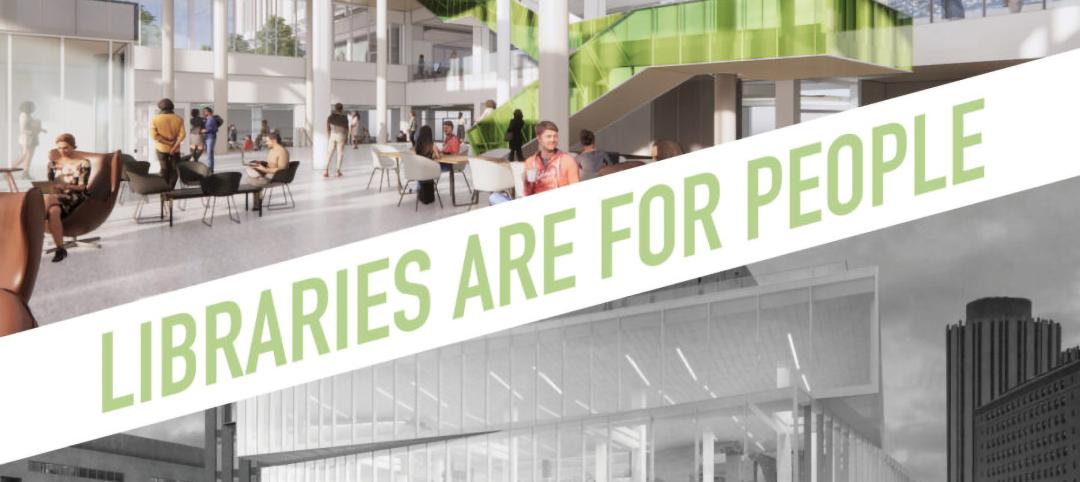FMI, the largest provider of management consulting and investment banking to the engineering and construction industry, announces the release of the Construction Outlook: Third Quarter 2011 Report.
Overall, in FMI’s latest forecast for construction put in place calls for 2% growth in 2011 and 6% for 2012 to $886.2 billion in total construction. In today’s economy that sounds like ambitious growth, but in constant 2006 dollars, that is only 3% growth for 2012 and a 1% drop in construction for 2011. To put it in perspective, in 2012 we will nearly return to 2003 levels of construction in current dollars.
Despite geo-political upheavals and constant debates about debt levels in the U.S. and Europe, budget brinksmanship in Congress, as well as a rash of natural disasters, construction markets are inching along. U.S. GDP is slow at 1.3%, but positive. Some of the unemployment problem is due to increased productivity in manufacturing and other service businesses, but, so far, there doesn’t seem to be much innovation and investment in new markets and jobs. Both consumers and businesses are rebuilding their savings and confidence in the economy, but that is a slow process with numerous setbacks. It seems that the largest barrier to moving the economy forward is fear that no one has a plan that will work. After the go-go years of high finance and exuberant housing markets, we now have high-risk aversion, and not without good reasons.
In the midst of these extremes, the inchworm economy is struggling along, and it will take some time to revive an industry the size of U.S. construction. There are positive signs to build on, for instance, if businesses with record profits now held in reserve decide that they can make more with their money by investing in new R&D, plants, equipment and personnel, then a new construction boom could follow. On the other hand, as economists like to say, if fear and risk aversion win out, those looking for a second dip of recession could find their wishes come true.
Hard-hit residential markets will start to improve, especially multi-family construction, which is becoming more desirable as banks continue to tighten financing requirements and homeowners are still reeling from the fears of foreclosure. Lodging, office and commercial construction will continue to struggle until more Americans have good jobs. BD+C
Related Stories
Sustainability | Sep 18, 2024
3 living buildings made by a living practice
Prompting humans to reexamine our relationship to the environment, architecture creates the opportunity for us to physically experience ideas of beauty, performance, and structure through the distinct lens of place.
3D Printing | Sep 17, 2024
Alquist 3D and Walmart complete one of the nation’s largest free-standing, 3D-printed commercial structures
Walmart has completed one of the largest free-standing, 3D-printed commercial structures in the US. Alquist 3D printed the almost 8,000-sf, 20-foot-high addition to a Walmart store in Athens, Tenn. The expansion, which will be used for online pickup and delivery, is the first time Walmart has applied 3D printing technology at this scale.
Retail Centers | Sep 17, 2024
Thinking outside the big box (store)
For over a decade now, the talk of the mall industry has been largely focused on what developers can do to fill the voids left by a steady number of big box store closures. But what do you do when big box tenants stay put?
Government Buildings | Sep 17, 2024
OSHA’s proposed heat standard published in Federal Register
The Occupational Safety and Health Administration (OSHA) has published a proposed standard addressing heat illness in outdoor and indoor settings in the Federal Register. The proposed rule would require employers to evaluate workplaces and implement controls to mitigate exposure to heat through engineering and administrative controls, training, effective communication, and other measures.
Codes and Standards | Sep 17, 2024
New California building code encourages, but does not mandate heat pumps
New California homes are more likely to have all-electric appliances starting in 2026 after the state’s energy regulators approved new state building standards. The new building code will encourage installation of heat pumps without actually banning gas heating.
Mass Timber | Sep 17, 2024
Marina del Rey mixed-use development is L.A.’s largest mass timber project
An office-retail project in Marina del Rey is Los Angeles’ largest mass timber project to date. Encompassing about 3 acres, the 42XX campus consists of three low-rise buildings that seamlessly connect with exterior walkways and stairways. The development provides 151,000 sf of office space and 1,500 sf of retail space.
Education Facilities | Sep 16, 2024
Hot classrooms, playgrounds spur K-12 school districts to go beyond AC for cooling
With hotter weather occurring during the school year, school districts are turning to cooling strategies to complement air conditioning. Reflective playgrounds and roads, cool roofs and window films, shade structures and conversion of asphalt surfaces to a natural state are all being tried in various regions of the country.
Office Buildings | Sep 16, 2024
Maximizing office square footage through ‘agile planning’
Lauren Elliott, RID, NCIDQ, Director of Interior Design, Design Collaborative, shares tips for a designing with a popular and flexible workspace model: Agile planning.
3D Printing | Sep 13, 2024
Swiss researchers develop robotic additive manufacturing method that uses earth-based materials—and not cement
Researchers at ETH Zurich, a university in Switzerland, have developed a new robotic additive manufacturing method to help make the construction industry more sustainable. Unlike concrete 3D printing, the process does not require cement.
Libraries | Sep 12, 2024
How space supports programming changes at university libraries
GBBN Associate Sarah Kusuma Rubritz, AIA, uses the University of Pittsburgh's Hillman Library to showcase how libraries are transforming to support students’ needs.


